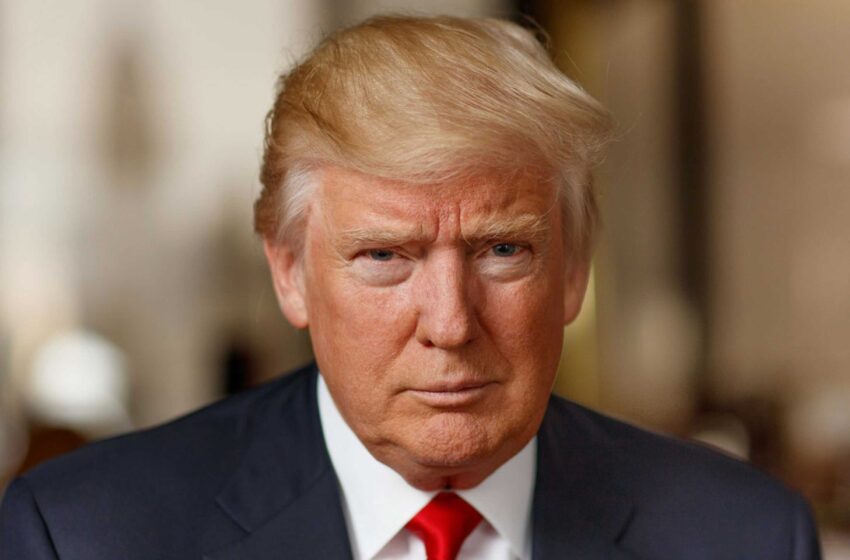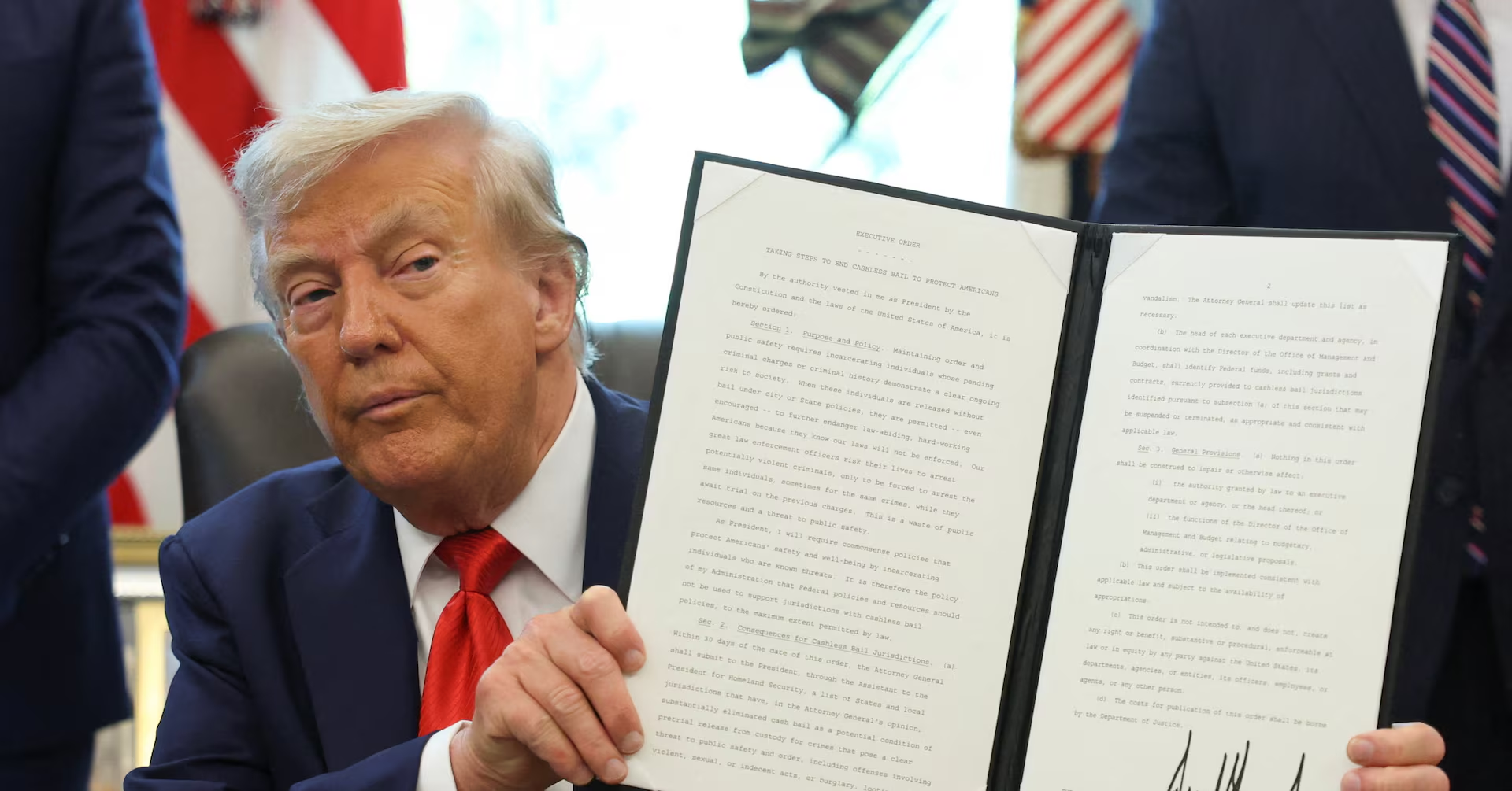Department of War returns: What the name change means for America’s military future

Donald Trump. Picture: David Hume Kennerly/Getty Images
In a move stirring both nostalgia and debate, President Donald Trump has signed an executive order officially restoring the Pentagon’s historic title: the Department of War. The decision marks the first major renaming of America’s military headquarters since 1949, when the original Department of War was reorganized into what became the Department of Defense.
Supporters argue the change reflects a clearer, more forceful message about America’s military posture in a turbulent global era. Critics, however, warn that the symbolism could reshape how allies and rivals perceive U.S. intentions abroad.
The History of the Department of War
The Department of War was established in 1789, tasked with overseeing the young nation’s Army and military affairs. For over 150 years, it played a central role in organizing U.S. defense strategy, guiding the country through conflicts from the War of 1812 to World War II.
It wasn’t until 1947, with the passage of the National Security Act, that the Department of War was dissolved and replaced by the Department of Defense, reflecting a postwar vision of collective security rather than a purely war-driven mission. By 1949, the Defense Department as we know it took its modern form.
The renaming at the time symbolized a shift from a wartime nation to a Cold War superpower, signaling diplomacy and defense rather than aggression. Trump’s reversal brings that legacy full circle.
READ ALSO
Trump Announcement: What to know about his latest address
Who is Rosie O’Donnell, and why is Trump targeting her?
What the Name Change Means for U.S. Strategy
The revival of the War Department name sends a deliberate message: America is no longer softening its military identity with the language of “defense.” Instead, it underscores a forward-leaning, unapologetically combative stance toward global threats.
Analysts suggest the rebranding could influence Pentagon policy, budget priorities, and international relations. For instance, adversaries such as China, Russia, and Iran may interpret the move as a sign that the U.S. is returning to a more hardline approach in its global posture. Meanwhile, allies could face increased pressure to align more closely with Washington’s strategic aims.
What Comes Next for the Pentagon?
While the renaming is symbolic, it may carry practical implications for how the military frames its mission to the public and to Congress. Defense analysts note that words matter in shaping doctrine. A Department of War could emphasize offensive readiness, rapid mobilization, and deterrence in ways that differ from the traditional “defense-first” framing.
The full impact of the executive order will unfold in the coming months as the Pentagon, now officially the Department of War, updates documents, strategy statements, and messaging. Whether this marks a fundamental shift in U.S. military doctrine or simply a rhetorical flourish remains to be seen.


